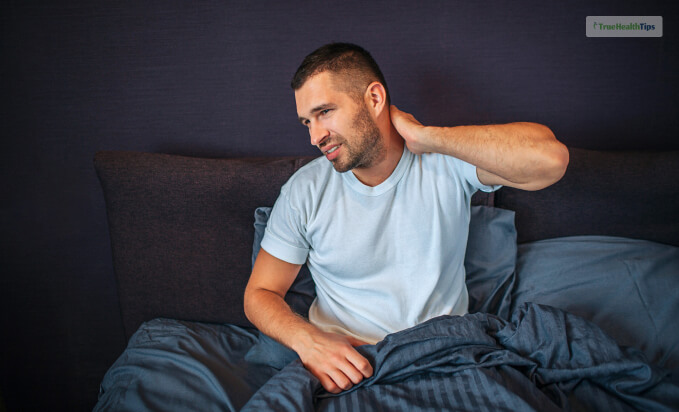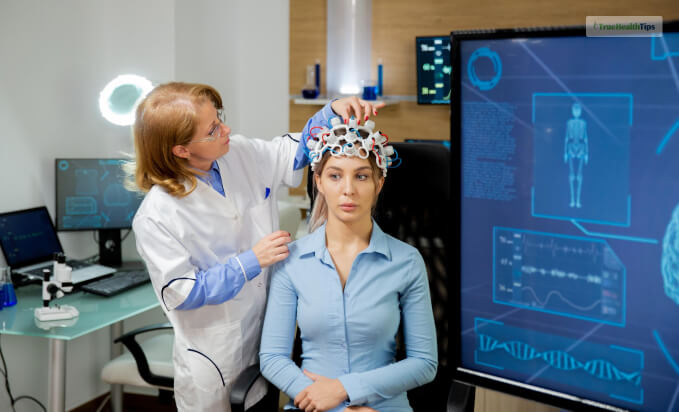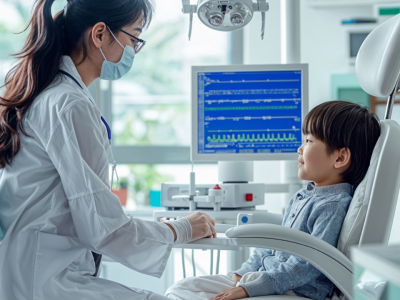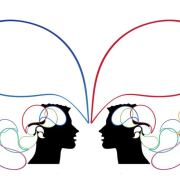
In case you have been searching for information related to cervical dystonia, you have come to the right place.
There are a number of diseases that people struggle with in their lives. And even though science has improved and the processes of treatments and diagnosis have come a long way, people still find it difficult to manage their lives with certain conditions.
One of the growing health conditions that people have reported suffering from is cervical dystonia. If you have been in search of information related to the condition, you will find this blog helpful.
Keep feeding this article till the end to learn more about the same…
Cervical Dystonia

It is a condition that makes your head tilt backward or forward uncontrollably. It is a very rare disorder that can occur at any point in time or age in your life. Also known as Spasmodic Torticollis, it is an extremely painful condition that makes the muscles of the neck contract without your control.
It is a very rare and painfully chronic neurological movement disorder. It is neurochemical in nature. Generally, patients start to develop the symptoms of this condition in their midlife.
Symptoms Of Cervical Dystonia

One of the major symptoms of cervical dystonia includes excessive pain in the neck and shoulder region. If you experience pain on one side of the head consistently, you might have cervical dystonia.
Another sign of cervical dystonia is an abnormal movement called torticollis. In this, you will notice your head and chin moving or twisting sideways. While this is one of the most common among abnormal movements, there are other movements as well.
Some of them are:
- Anterocollis: chin downward and head tipping forward
- Laterocollis: ear to shoulder and head tilting sideways
- Retrocollis: chin upward and head tilting backward.
In case you are looking for the symptoms and signs of this condition, you need to look no further.
Here are some of the ways in which you can detect if you have cervical dystonia:
- A raised shoulder
- Headache
- Neck pain
- Enlargement of the neck muscles
- Head tremor
- Hand tremors.
Causes Of Cervical Dystonia
While it is true that science has come a very long way, you need to understand that there are many conditions whose causes are still unknown. And one of them happens to be cervical dystonia.
The most common cause for this condition happens to be linked with heredity. This is a condition that is passed down by genes. Reports state that gene mutations are often associated with cervical dystonia.
In this condition, the agonist and antagonist muscles, which are related to movement, contract simultaneously. The symptoms, even though they start off an as mild, increase as time goes by. It can worsen when the patient is walking or is going through something stressful.
There are many people who have reported that they developed it after going through some form of head, shoulder, or neck injuries.
Here are some of the causes of cervical dystonia:
- Parkinson’s disease or other neurological disorders
- Head, shoulder, or neck injuries
- Psychological problems
- Antipsychotics
- Genetic mutation.
Risk Factors Of Cervical Dystonia
As there is no exact cause of cervical dystonia, you might be wondering what the risk factors of this condition are. Well, here is a list of the things that might increase the chances of you developing a condition like cervical dystonia:
- Family history: I have already mentioned how genetic mutations are one of the main reasons for it. If a close member of your family suffers from this condition, it is highly likely that you might also develop the risk of this condition.
- Your sex or gender: Believe it or not, women have a higher chance of developing cervical dystonia compared to men. According to studies, women are affected about twice as often as men.
- Age: The next thing, and probably one of the most important ones, is the age of the patient. While it is true that it can occur at any age, most cases start happening in midlife. This means people who are in their thirties have a very high chance of developing this disorder.
Treatment Of Cervical Dystonia
In case you have been searching for treatment for this painful condition, you have a friend in me. Some of the most common methods or forms of treatment in the case of cervical dystonia are medications and physical therapies. Among the new treatments for cervical dystonia includes deep brain stimulation.
Medication

You must have heard about Botox. While this is a common cosmetic procedure, did you know that people also use or seek the help of Botulinum toxin injections to get relief from it?
Botox is directly injected in the muscles of and around the neck to paralyze or stiffen the muscles. This is done to reduce the symptoms of the involuntary movements of the muscles around this area.
Physical Therapy

Another treatment that provides relief to people suffering from cervical dystonia is physical therapy. According to a study published in 2012, while Botox is one of the best treatments for this condition, “physical therapy (PT) can be added to the treatment to achieve better results.”
Out of twenty patients who were suffering from cervical dystonia, physical therapy helped to improve several symptoms of the condition.
Deep Brain Stimulation

Another new method of treatment for cervical dystonia is deep brain stimulation. This treatment involves “drilling a small hole in the skull and inserting electrical leads into the brain.”
In this method, with the help of a small battery, you will be able to control the leads that are “implanted near the collarbone.” This relatively new treatment is a great way to treat the condition.
Wrapping It Up!
In case you were searching for information related to it disorders, I hope that this health blog has been of help to you. If there are any other queries related to the same, feel free to let me know in the comment box below at the bottom of the page.
Read Also:











